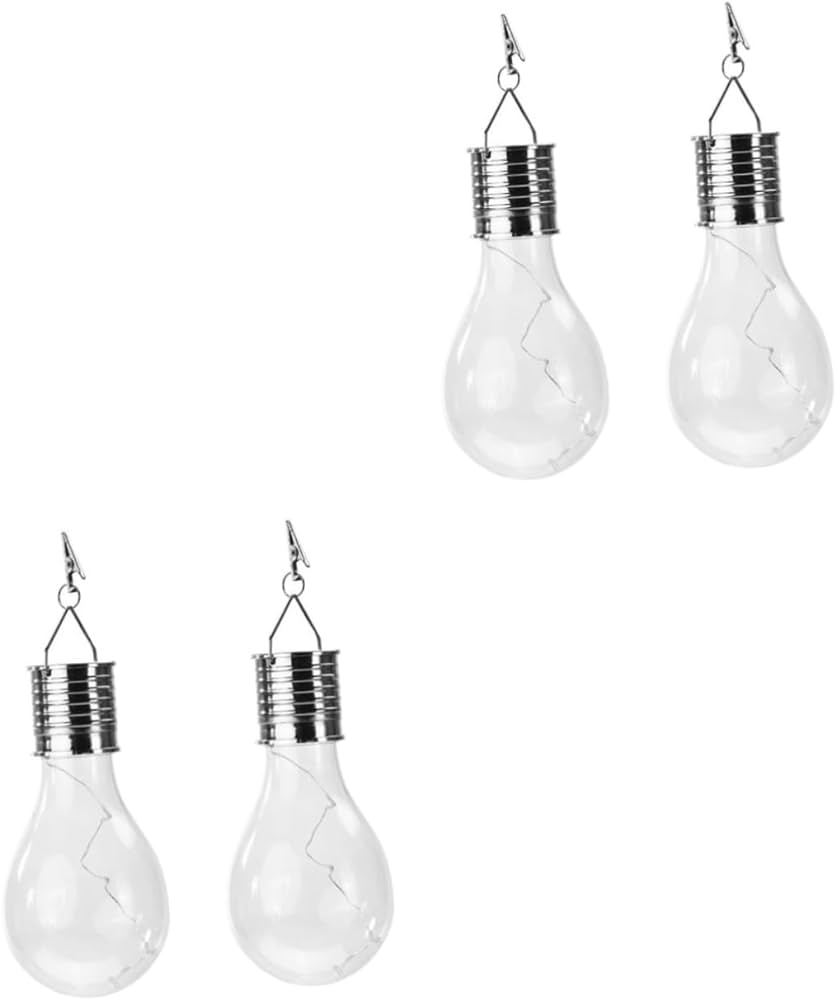Everything You Need to Know About LED Lighting Import and Distribution for Large Facilities
Everything You Need to Know About LED Lighting Import and Distribution for Large Facilities
Blog Article
Whether you're outfitting a warehouse, a logistics hub, leia mais aqui or a production floor, industrial LED solutions provide unmatched performance, durability, and savings.
From technical specs to application guidance, we’ll help you understand what makes one solution better than another.
Let’s start by looking at the reasons why sourcing LED lighting wholesale is not only cost-effective—but also the smarter long-term choice for industrial facilities.
Why Wholesale LED Makes Sense for Industrial Buyers
Bulk purchasing lowers unit costs, simplifies logistics, and ensures product consistency across your facility.
LEDs already offer superior lifespan and energy efficiency over traditional lighting.
Whether you need fixtures for ceilings over 30 feet high or task lighting for assembly zones, buying in volume allows better system-wide integration.

Benefits of Industrial LED Lighting for Warehouses and Factories
For companies operating large facilities, these energy savings quickly add up, improving overall profitability.
This is especially critical in areas with heavy equipment, forklifts, or complex production lines.
With fewer bulb replacements and reduced downtime, facilities can keep operations running smoothly.
Why Choose High Bay LED Lighting for Warehouses
High bay LED fixtures are designed for spaces with high ceilings—typically 20 to 45 feet—common in warehouses, distribution centers, and manufacturing plants.
Compared to legacy high-intensity discharge (HID) fixtures, high bay LEDs offer better energy efficiency, instant-on capability (no warm-up time), and superior color rendering.
These innovations help optimize energy use even further, making them an excellent long-term investment for any industrial operation.
Why the High Bay LED EVO Stands Out
The High Bay LED EVO represents the next generation of industrial lighting.
What sets the EVO series apart is its advanced thermal management system, ensuring a longer lifespan even in high-temperature environments.
Companies seeking to modernize their lighting systems should consider the EVO series as a top-tier option offering durability, efficiency, and cutting-edge features.

How to Select the Right LED Importer and Supplier
When evaluating potential partners, check their certifications, product warranties, and track record with industrial clients.
Look for suppliers that maintain robust inventories and have strong relationships with manufacturers.
Finally, assess their technical support capabilities.
Conclusion: Optimizing Industrial Lighting with Wholesale LED Solutions
Upgrading to wholesale LED lighting is one of the smartest moves industrial facilities can make today.
It’s not just about purchasing light fixtures—it’s about building a long-term partnership that helps your facility stay competitive and sustainable.
By acting now, you position your business at the forefront of innovation, reaping financial and environmental benefits for years to come.
Common Questions About LED Lighting for Warehouses
Why should I purchase LEDs in bulk?
Buying LEDs wholesale lowers unit costs, simplifies logistics, ensures product consistency, and often provides better warranties.
Where are high bay LEDs typically used?
They provide powerful, even illumination across wide areas, improving visibility and safety.
What makes the High Bay LED EVO different?
It’s a top-tier choice for demanding industrial applications requiring durability and performance.
What should I look for in an LED lighting supplier?
Look for suppliers with certifications, industrial experience, solid inventories, strong manufacturer ties, and excellent technical support.
Are LEDs worth the investment?
Industrial LED upgrades can reduce energy costs by up to 75% and maintenance costs by up to 50%.
Report this page